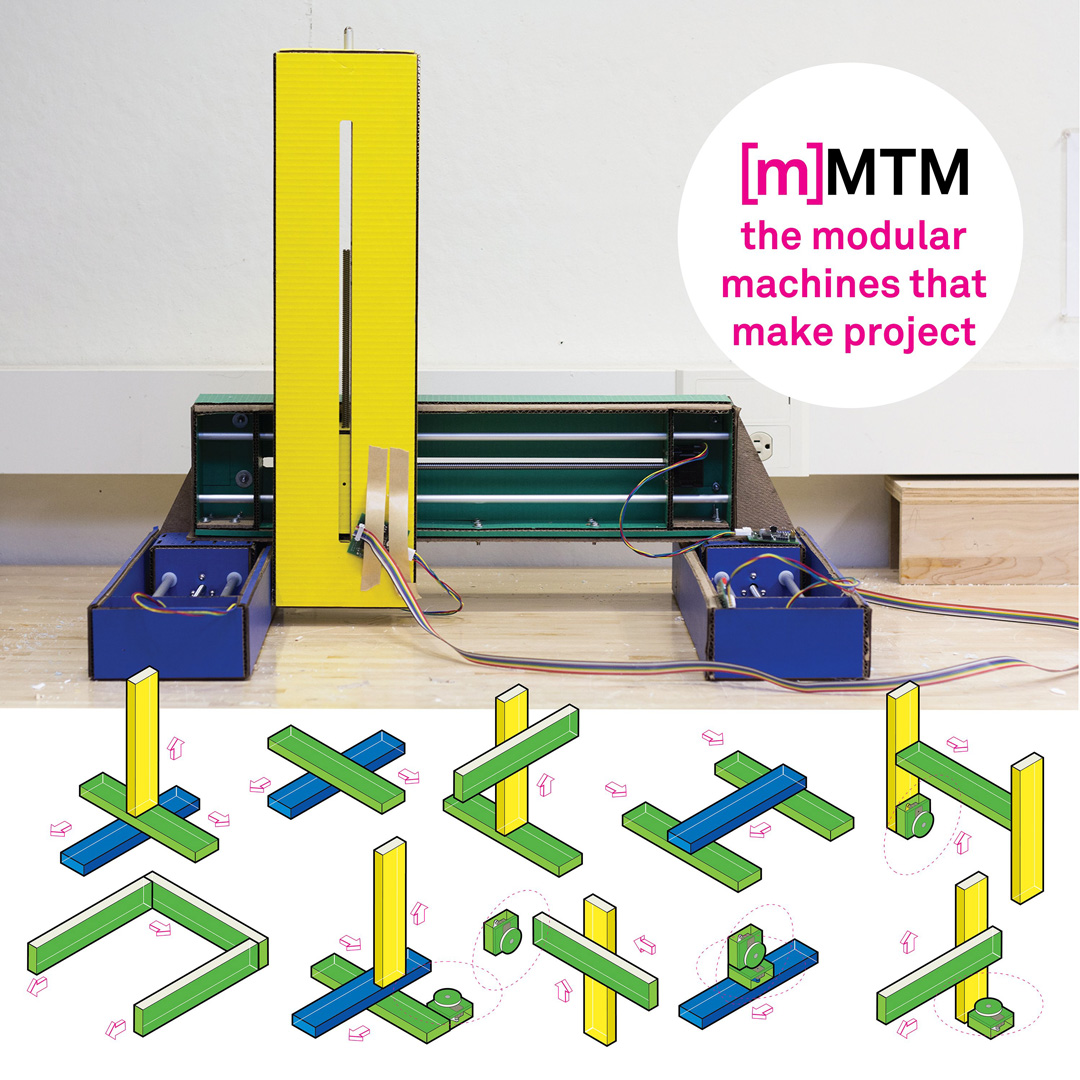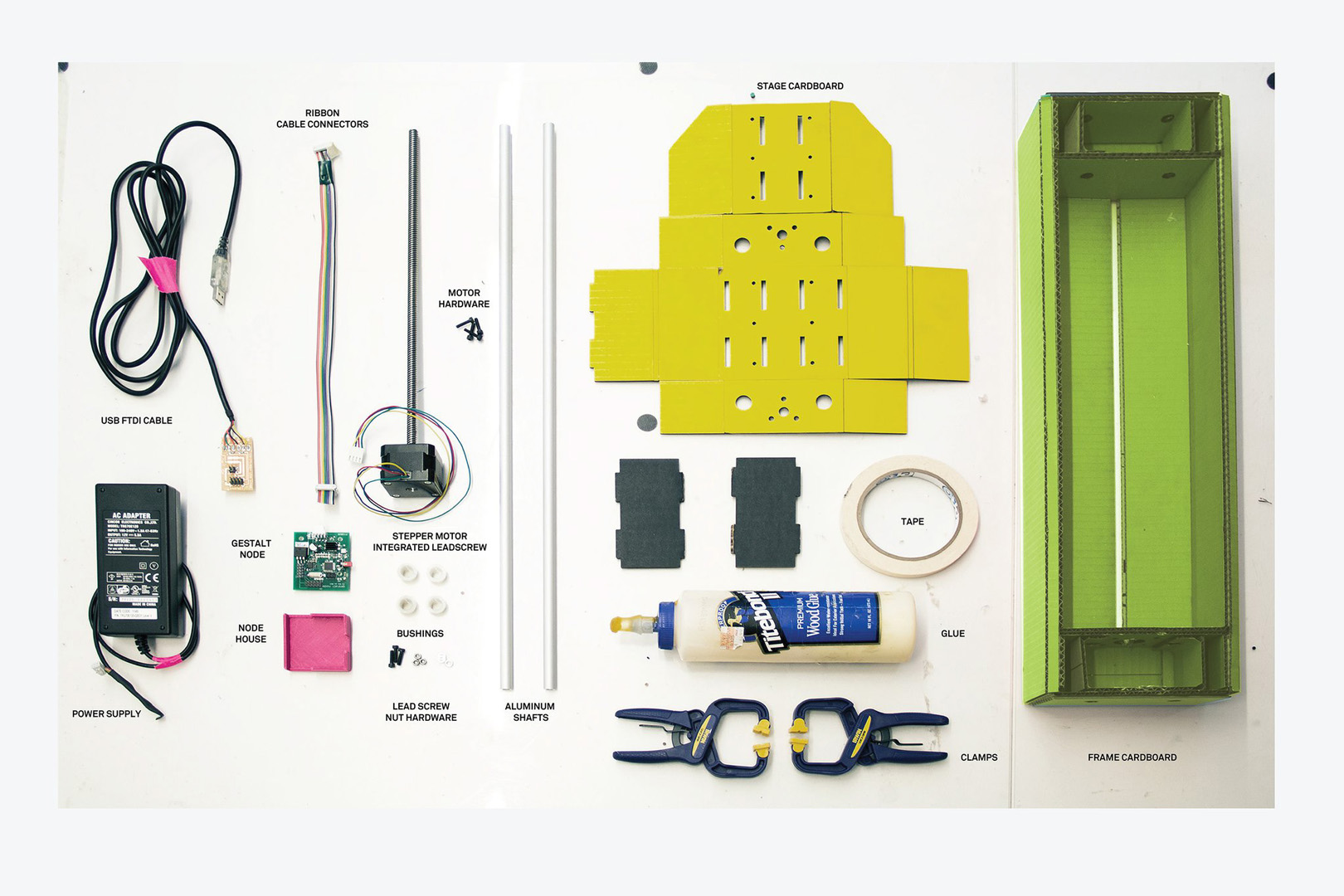“Design Machines” by Peek and Coleman
Conference:
Experience Type(s):
Title:
- Design Machines
Organizer(s)/Presenter(s):
Description:
Hardware and software are disjoint in their representations, their production methods, and their validation. Machine design, machine building, and machine control have historically taken place separately, and correspondingly, machine tools are not well integrated systems addressing an automation or fabrication need.
However, digital fabrication tools are becoming increasingly ubiquitous. Digital fabrication introduces precision and accuracy to the prototyping process. Without requiring a craftman’s attention to toolmaking, users can prototype tools for rapid prototyping– the precision and repeatability required is now readily available. Rapid prototyping tools can become one-off interventions tailored for a task at hand. In this studio course, we will condense the steps of prototyping rapid prototyping equipment into an afternoon. We will use the Modular Machines that Make Construction Kit, which offers modular software, hardware, and end effectors for users to prototype with. The Modular Machines that Make project uses 1-axis motion stages that can be connected together in different configurations to produce different motion systems. For example, 2 stages placed together horizontally can make a XY stage, or 3 stages can give 3 axis motion. The stages themselves are made out of laser cut cardboard, and their design can be parametrically modified to accommodate different work envelopes. To prototype the control systems and software for the machines, users will use the pyGestalt machine control library and corresponding network-programmable hardware nodes. The end effectors for the machines can be prototyped on the fly, but the construction kit also contains a variety of end effectors as a point of departure, including milling heads, 3d printing heads, plotter heads, usb microscopes, and syringe pumps.






